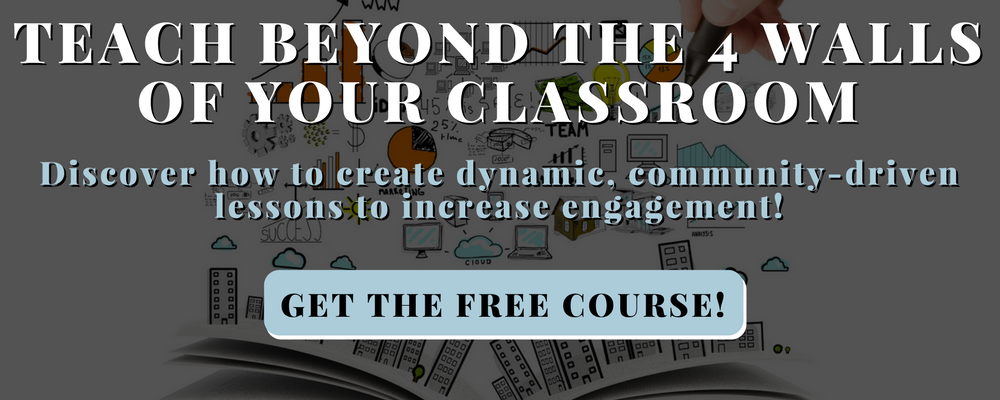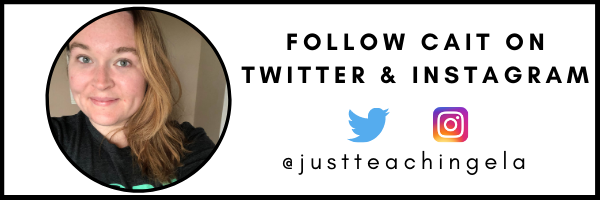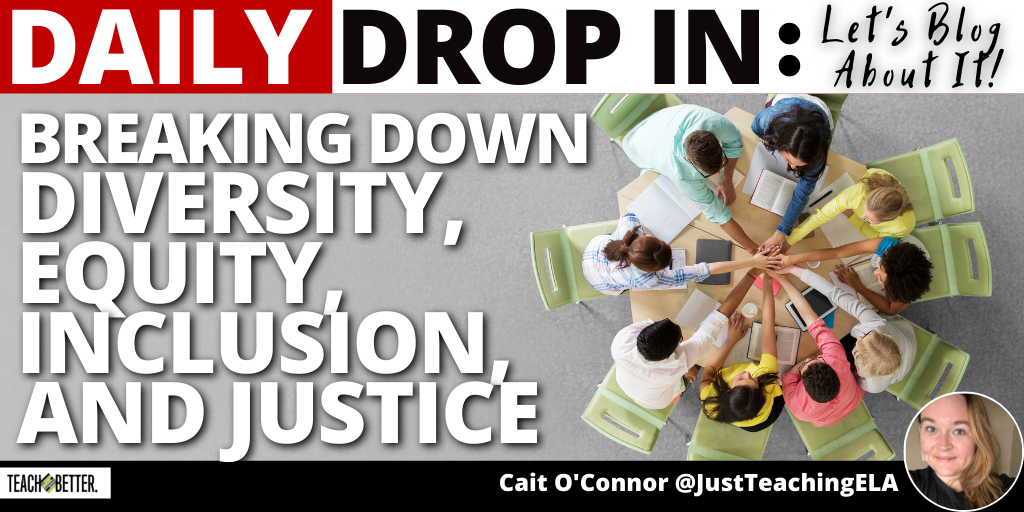TL;DR:
- Diversity, equity, and inclusion must also include justice.
- Schools are smaller microcosms of our world, and include power dynamics that communities need to make sense of in order to shift from diversity and inclusion to equity and justice.
This past week’s Daily Drop In theme was equity and inclusion. This is a topic close to my heart and even closer to the soul of my educational practice.
Watch my conversation with Rae here.
DEI’s Growing Impact
Diversity, Equity & Inclusion (DEI) has been around in many forms for a while but has risen to attention in schools in the past year following the murder of George Floyd, Breonna Taylor, and more. As schools begin to reckon with the institutional effects of racism in ways that they have influence: curriculum, discipline, and resource allocation, schools must also make space for justice.
As such, diversity, equity, and inclusion have added another letter to its acronym in some spaces: J for justice.
This shift is an important one, because without justice, these changes in what students learn and how students learn, who holds and wields power, and who has access in school communities, may run the risk of being temporary or performative.
So what is diversity/equity/inclusion/justice? In the words of Verna Myers: “Diversity is being invited to the party; inclusion is being asked to dance.”
What is DEI?
Diversity
Diversity is defined as “all the ways in which people differ, encompassing the different characteristics that make one individual or group different from another.” Diversity is not simply the presence of token “minoritized” (more on this later) folks, but the equal and representative presence of different people of intersectional identities across race, ability, gender identity, class, size, religious practice, sexuality, citizenship status, political party affiliation, and more.
Inclusion
Inclusion is “the act of creating environments in which any individual or group can be and feel welcomed, respected, supported, and valued to fully participate.” Inclusion involves having diverse people at the table as equal partners, policymakers, and voices. Not only does inclusion focus on hearing and seeing diverse people and their needs and ideas, but retaining that presence in a space over time. Retention, not just single-incidence participation in change, is what makes the change to create more equitable practices lasting.
In the United States, 80 percent of teachers are white. Students need diversely qualified teachers who are trained in teacher education programs, not only in teacher fellowship programs. They need teachers who represent them and can mentor and support them as they enter into young adulthood and become part of their school communities. Schools must hire and retain teachers of color, disabled teachers, and queer teachers so that they may have a lasting positive impact on students.
Diversity and inclusion focus on the presence of different people and their voices. But to be present, many feel, is not nearly enough. Historical context and historical inequality bring about conversations of different needs. Addressing those different needs felt by different people and their communities opens up the other half of the acronym that is part of this conversation: equity and justice.
Equity
Many believe that in the United States especially, liberty and justice for all is a matter of equal opportunity. However, this opportunity to succeed has not been available to all since the country’s inception. DEIJ work reckons with that fact and examines the policy that has historically excluded Black, Indigenous, migrant, disabled, and marginalized folks.
Equality, in essence, means that everyone receives the same thing. In a nation long defined by “rugged individualism,” or the responsibility of the individual to seek their own success, equality of opportunity has not always been a universal truth.
This is where equity comes in. Equity acknowledges that there have been, and still are, different barriers for different groups of people. Equity asserts that giving everyone the same thing is sometimes not enough to help people succeed. This is especially true of groups that have been subject to segregation, redlining, barriers to citizenship, poverty, or disability access. It aims to address people’s needs so that they can have both equal opportunities and outcomes as those who withstand fewer systemic barriers to basic standards of living and basic standards of care.
Justice
Equity precludes justice, in both the acronym and in practice. Justice is, fundamentally, fairness. There is fairness and justice in having what you need to function in a society that is changing every day. And that looks different for everyone because they come with different intersections and identities, challenges, and privileges.
Justice may look like affordable housing for those who can’t afford a mortgage; everyone needs a place to live. It might be tests and materials printed in a language that isn’t English; everyone deserves information they can understand. Justice can mean representation in politics, voting rights, equal and not separate education, accessibility in public spaces, same-gender partner health benefits, and laws that prevent people from being fired from their job due to their body size (which, by the way, is legal in every state but Michigan).
[scroll down to keep reading]
A growing analogy and a growing practice
Equity and justice bring the conversation about racism and intersectionality from the interpersonal to the systemic. It’s more than just our individual responsibility to be kind to each other. Diversity and inclusion are inviting people in, talking with them, making them feel part of. But equity and inclusion are giving them what they need.
If diversity is being invited to the party and inclusion is being asked to dance, then equity is making sure the guests have enough to eat and drink. Justice is everyone arriving home from the party OK. In texts like To Kill A Mockingbird, this systemic injustice was rendered down into life lessons learned by Scout and Jem Finch: be kind to people, don’t judge them, understand them. We’re all human. This is the message we’ve all internalized, right?
Justice is more than kindness. Justice is questioning and sharing power. It’s centering multiple people, groups, and their voices. It may mean changing our language, our policy, and our future so that everyone is provided for and given a sufficient amount of what they actually need, not just what everyone else is having. Interpersonal actions matter a lot, but prejudice that wields power becomes law, and that law inflicts violence. Real violence, beyond the kind we can ever imagine in great American novels.
Resources
“Why SEL Alone isn’t Enough.” by Dena Simmons for ASCD’s EL Magazine.
About Cait O’Connor
Cait O’Connor is a fourth-year public school English/ESOL educator in New York, committed to social justice and equity in education and beyond.



